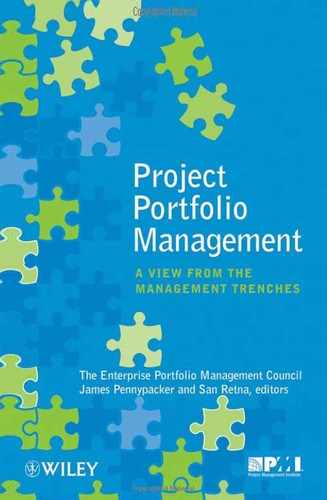6.1. DEFINING CHANGE
An hour later John closed the door to his office, put his phone on speaker, and dialed a number. Bill's voice filled the small room.
Bill started to talk. "So you need to know how much change is too much for your organization, right? Presumably you're also wondering what to do about it once you've worked out what's going on. Well, John, you've come to the right place." Even over the phone, John could detect the grin that was creasing Bill's face.
"Bill, you're the man! So, let me tell you what's really bugging me right now. How can I measure change? How can I get a handle on what impact all these projects are having—and are going to have— on the organization? I mean, it feels like too much change, but how can I demonstrate it to Hannah Choi, our CEO, who doesn't like anything that doesn't have hard numbers to back it up?"
Bill responded, "As in any problem-solving exercise, the first thing is to get your arms around the problem itself. It will help to define all this change in simple terms, remembering the principle that when managing a portfolio, all you need to model reality is just enough information to satisfy the needs of strategic planning. Do not allow yourself to become sucked down into the detail."
"There's change that impacts technology, there's change that impacts physical assets (such as real estate), and then there are the changes that impact people. It's this last category that matters—it's only people who really get unsettled by change. Technology and physical assets don't have emotions. So, the focus of your work needs to be on the types of change you're driving onto people, and over what timeframe. There's clearly a world of difference for people undergoing change once a year compared to once a month."
"What I'm going to outline to you now is a fact-based methodology that will get you to look at change in terms of what (the degree of disruption), when (the timing of these changes), and who is impacted (both individuals and groups of people). You will then be able to present your analysis, along with recommendations, to your CEO so she can make the necessary decisions to minimize adverse impacts and maximize the value delivered across the organization."
"Furthermore, John, once you've started this process and controlled the impact of change across your business, you'll be able to slowly, controllably increase the capacity of the entire organization to handle more change."
"Great!" said John. "That's what'll keep Hannah happy. Maybe I'll have to raise an issue she'd rather not hear, but at least I can give her some positive news too. So, where do we start, Bill?"
